Is Red Light Therapy (RLT) Safe For Diabetics?
Introduction
Red light therapy provides great relief like skin care, heart health, and other pains, so it's becoming a hot topic in the world nowadays. One of the great features of the RLT is that it gives painless and safe treatments. Using Red light therapy has to have a certain wavelength to upgrade cellular activities which increases the speed of the healing process. As red infrared is becoming the talk of the town, it is very important to get to know the main effects, and it's essential before getting the treatments. The conditions can show positive results and may give a serious reaction to certain conditions.
Diabetes being a certain condition shows irregular production of insulin and blood sugar levels in one's body. It affects the human body under certain conditions with various effects. Healing becomes difficult for people who suffer from diabetes. However, the major concern is whether LED light therapy is a great choice for diabetic patients.
The article by Bontanny highlights the ability of 850 nm red light therapy or 600 nm red light therapy and its impact on diabetic people. You will learn to differentiate between red light therapy and diabetes and their complex relationship with each. It also helps you take precautionary measures and practices while using RLT for diabetes.
Understanding Red Light Therapy
Definition And Explanation Of RLT
Red Light Therapy works on red light at a certain range of wavelengths. The therapy directly targets the powerhouse of the cell and enhances the production of energy. The increased energy in the cell leads to various therapeutic effects like relief from inflammation and pain. Red Light Therapy also helps in treating other conditions like joint and muscle pain and wound healing.
Historical Context And Evolution Of RLT
Red Light Therapy has always been the center of attraction since its development. It was first used to treat just wounds but later the scope of RLT expanded gradually to pain relief and muscle recovery. Red Light Therapy has gained immense popularity among various health sectors, such as physiotherapy, and dermatology. It also deals with mood disorders such as SAD.
Explanation Of Diabetes
Diabase refers to a chronic health disease. Diabetes is a state in which the body suffers from irregular levels of glucose. It has two main forms. First is Type 1 And second is Type 2 Diabetes. In Type 1 Diabetic form, the body faces problems in producing sufficient insulin. Whereas, in a Type 2 Diabetic state, the body fails to use insulin efficiently. Both forms need careful management and solutions to avoid further complications.
Common Complications And Traditional Treatment For Diabetes
Diabetes causes several complications, which include nephropathy (kidney damage), retinopathy (eye damage), neuropathy (nerve damage), and a delayed healing process. Traditional treatments mainly emphasize managing insulin through exercise, diet, insulin therapy, and medication.
Why Must Diabetes Be Cautious With New Therapies?
New therapies and treatments can have a great impact on the condition of Diabetes. Irregular control of blood sugar hinders healing and enhances the chances of getting an infection, which may cause complications during treatment. Moreover, diabetes also changes the responses of the body to certain therapies. This increased the need to take a cautious approach while choosing new treatments like RLT.
Investigating The Safety Of Red Light Therapy For Diabetics
Analysis Of Scientific Studies And Expert Opinions On RLT For Diabetics
A complete analysis of scientific studies and literature shows different results on the usage of RLT for diabetic people. Some studies and research show positive results like reduced inflammation and increased wound healing process. Some researchers believe it needs more study and data to fully understand this matter. This emphasizes that further more detailed research is needed to completely understand the effects of Red Light Therapy in diabetic health.
Discussion On How RLT Affects Blood Sugar Levels And Diabetic Complications
Current studies show that red light therapy does not directly affect the insulin level, but it helps in treating other conditions that are associated with diabetes like neuropathy and wound healing. Red light enhances the production of energy in the body that efficiently enhances the natural healing of the body, which is difficult in the diabetic state. However, long-term impacts and the core mechanism are still unknown and under study.
Potential Risks And Contradictions Specific To Diabetics
The risk that diabetic patients may face due to red light therapy is worsening the current conditions. As diabetes affects several systems of the body, any new treatment must be thoroughly researched and analyzed in managing the health of the whole body. Therefore, diabetic patients need to consult with a physician and expert healthcare provider before undergoing any RLT session to understand the suitability of the treatment.
Red Light Therapy Benefits For Diabetics
Evidence Of Benefits
Various evidence highlights the benefits of infrared light therapy for diabetic patients. The main benefits of RLT are a reduction in inflammation and an enhancement in the speed wound healing process. RLT generally improves blood circulation, enhances cellular activity, and reduces the oxidative stress in the cells which helps in giving health benefits. Well, these benefits may be varied among people.
Case Studies And Testimonials
Diabetic patients who have used red light therapy sessions report positive results. The real-life experiences and testimonials show data that people have experienced improvement in faster wound recovery, reduction in pain, and enhanced life quality. However, scientific evidence and valid theories are needed to claim these benefits.
Expert Insight On The Potential Of RLT In Diabetic Care
Experts and specialists in the diabetic care sector and phototherapy consider Red Light Therapy an alternative treatment. The non-invasive feature and minimal risk of side effects of RLT make it one of the promising treatments for the patient who suffers from diabetes and its related health issues. However, it is still advised to consult with a doctor and ask for a personalized treatment plan before going under LED red light Therapy sessions for managing diabetes.
Precautions And Recommendations
Guidelines For Diabetics Considering RLT
People who are considering undergoing Red Light Therapy sessions for diabetes must consult with a physician or health specialist. The one-on-one consultation evaluates the health status of the person, and possible risks associated with the treatment, and suggests personalized treatment plans.
Recommended Protocols And Best Practices For Using RLT Safely
Diabetic patients must follow certain guidelines and practices during the RLT session to ensure a safe experience.
1.Start With Low Dosage: Start the sessions with lesser intensity and then increase it gradually as per the body's response.
2.Monitor Blood Sugar Levels: Consistent monitoring of blood glucose is essential to identify any unusual change that may occur due to RLT.
3.Be Aware Of Skin Sensitivity: Diabetics suffer from sensitive skin, therefore it is crucial to look for side effects like irritation or redness.
4.Consistent Follow-Up: Consistent meet-ups with health specialists help you monitor the progress and make important changes in the treatment plan if needed.
5.Combine With Standard Diabetes Care: RLT must not be used as an alternative treatment but as complementary to diabetic management methods, such as diet, exercise, and medication.
Alternative Therapies And Comparative Analysis With RLT
Red Light Therapy is a promising treatment. But various other options benefit in managing diabetes, like medication, physical therapy, a balanced diet, and cardiac exercises. The comparison between red light therapy and other alternative treatments shows a varied result. RLT is a non-invasive treatment with fewer side effects, which makes it the best option. However, one must also consider other factors like cost, efficiency, accessibility, and a person's health condition while choosing any type of treatment. Therefore, you need to meet up with a professional healthcare provider to fully understand the possibilities and use RLT with other treatments for better results.
Conclusion
The use of professional LED light therapy machines for managing diabetes is possible. It shows positive and promising results. Several studies and research show benefits like reduced inflammation and a better healing process while using RLT on diabetic patients.
Red light therapy device does not replace other alternative treatments for managing diabetes but acts as a complementary treatment. People must choose RLT after much consideration. Diabetic patients must consult with a health care specialist and expert before undergoing any new treatment or therapy. They will give you a thorough analysis, help you align your treatment with your health needs and offer a safe experience.
The Bontanny Portable Series Red Light Therapy Device is a safe and effective option for red light therapy, which can be beneficial for individuals with diabetes. The device comes with a table stand, making it easy to use without installation. It is also portable, allowing you to use red light therapy at home or on the go.

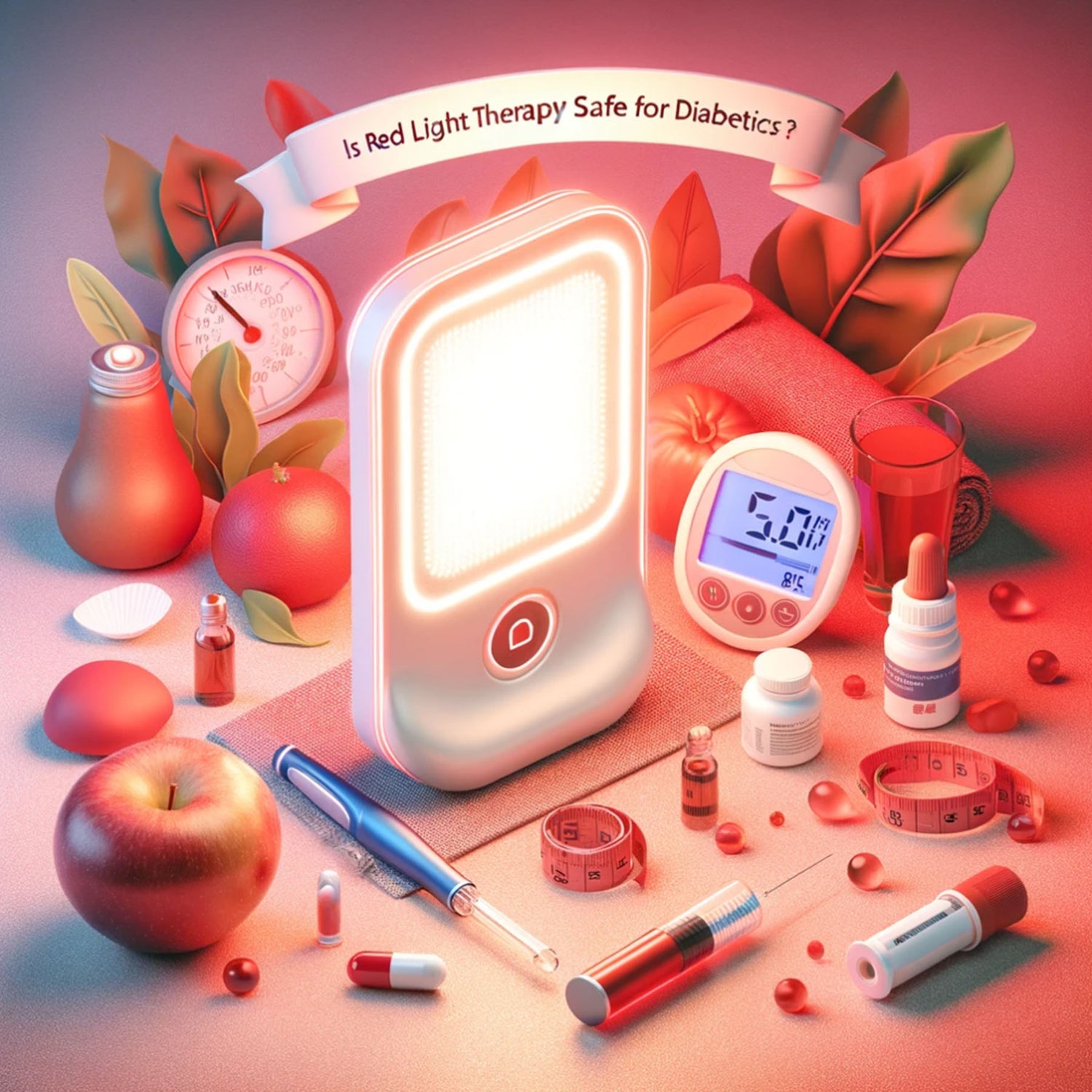
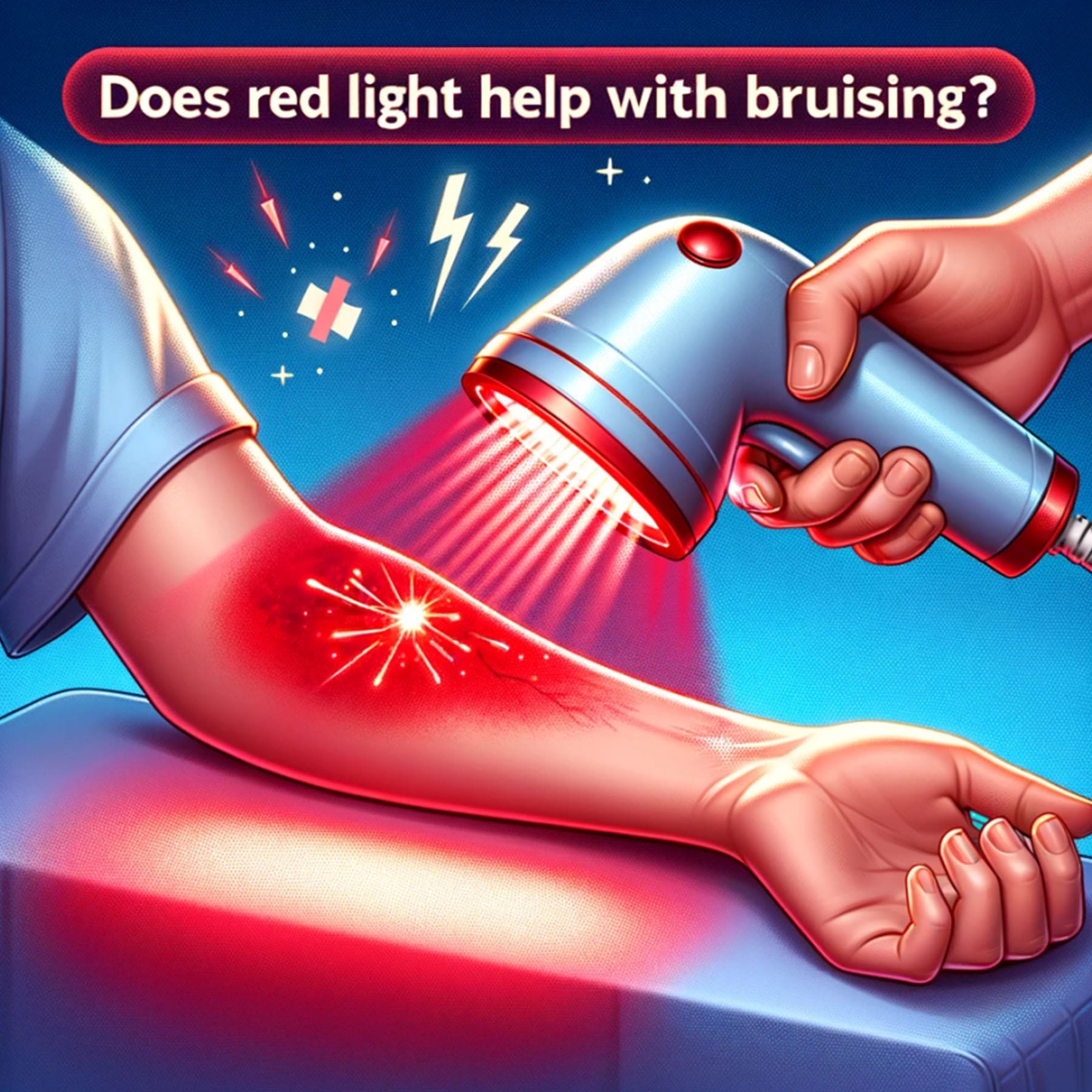
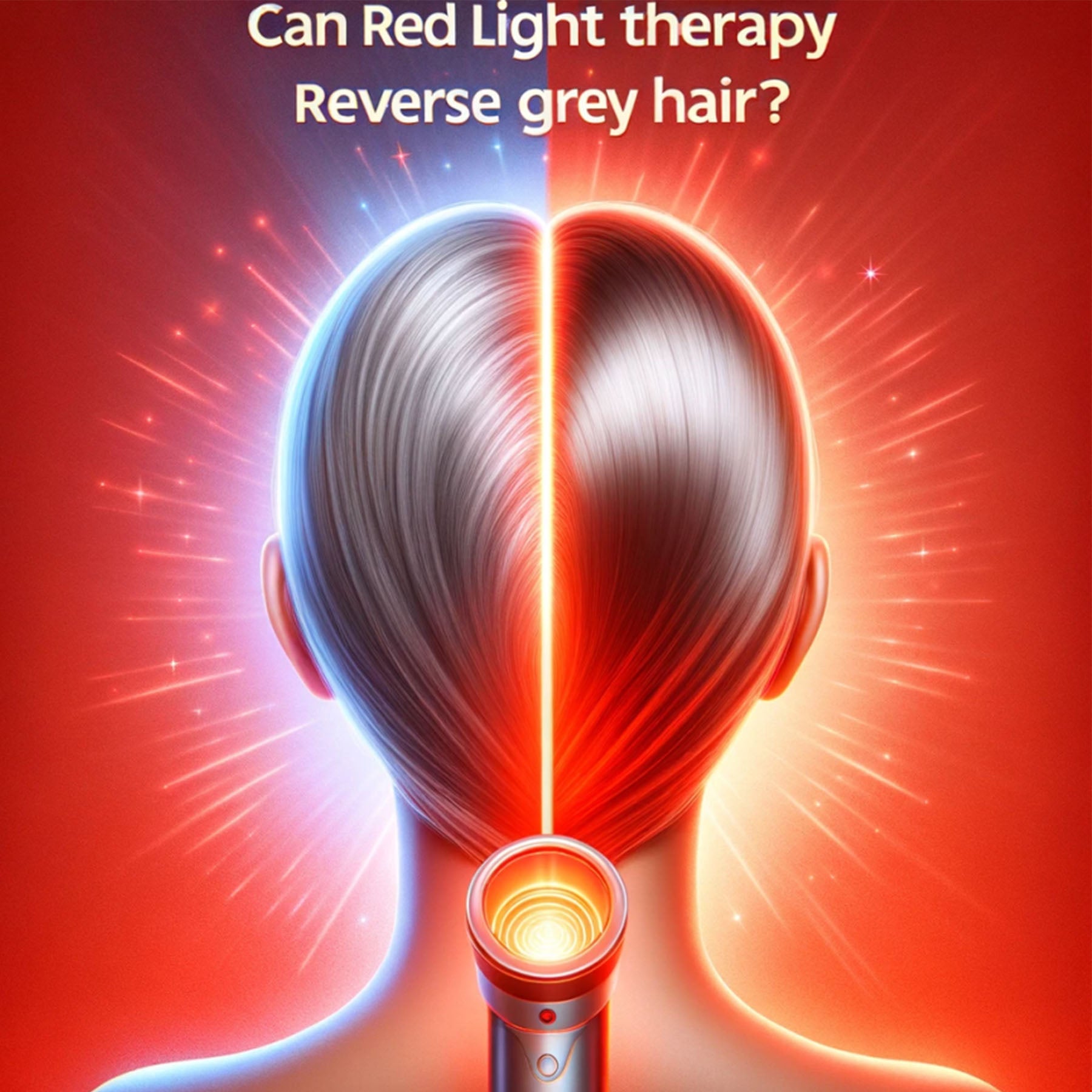


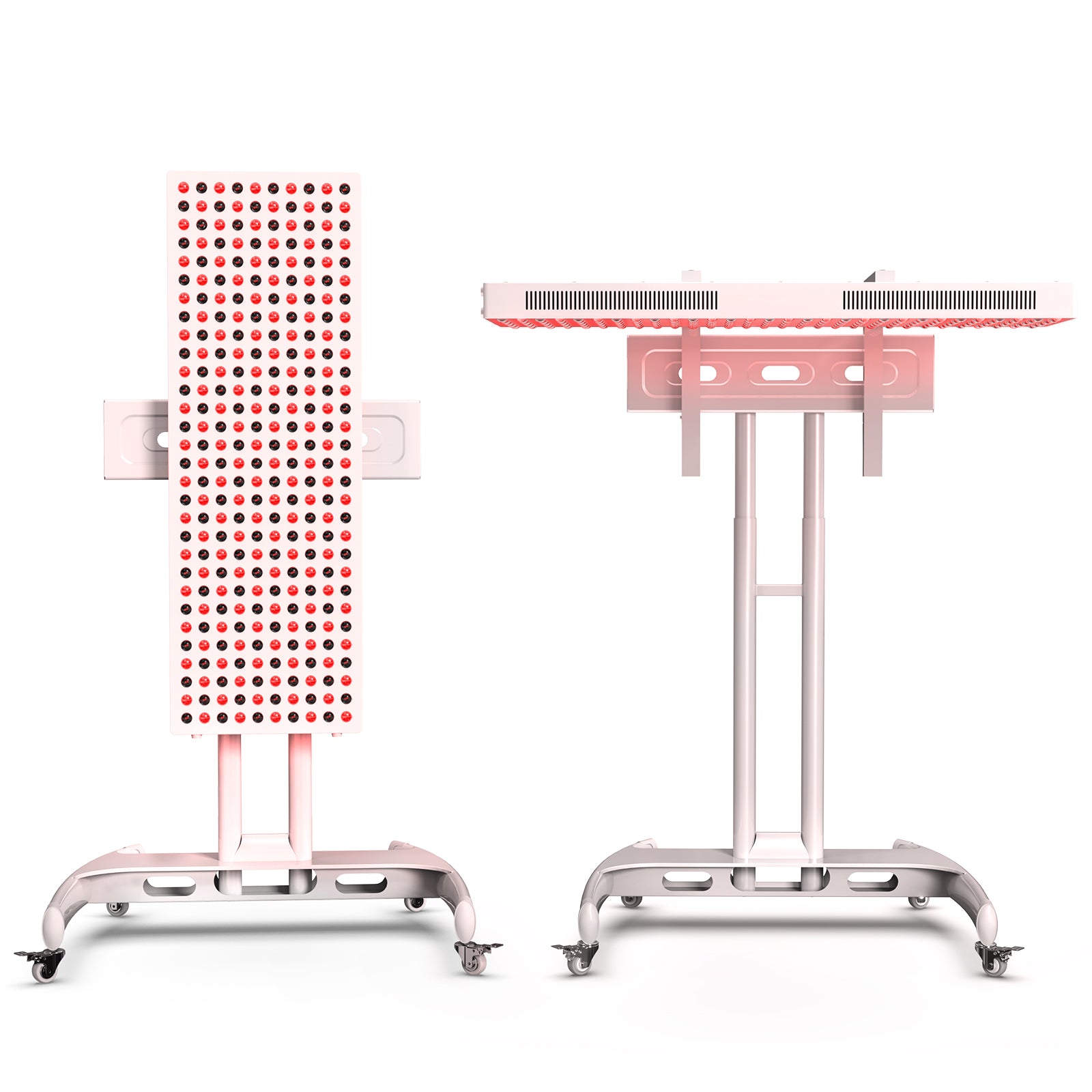

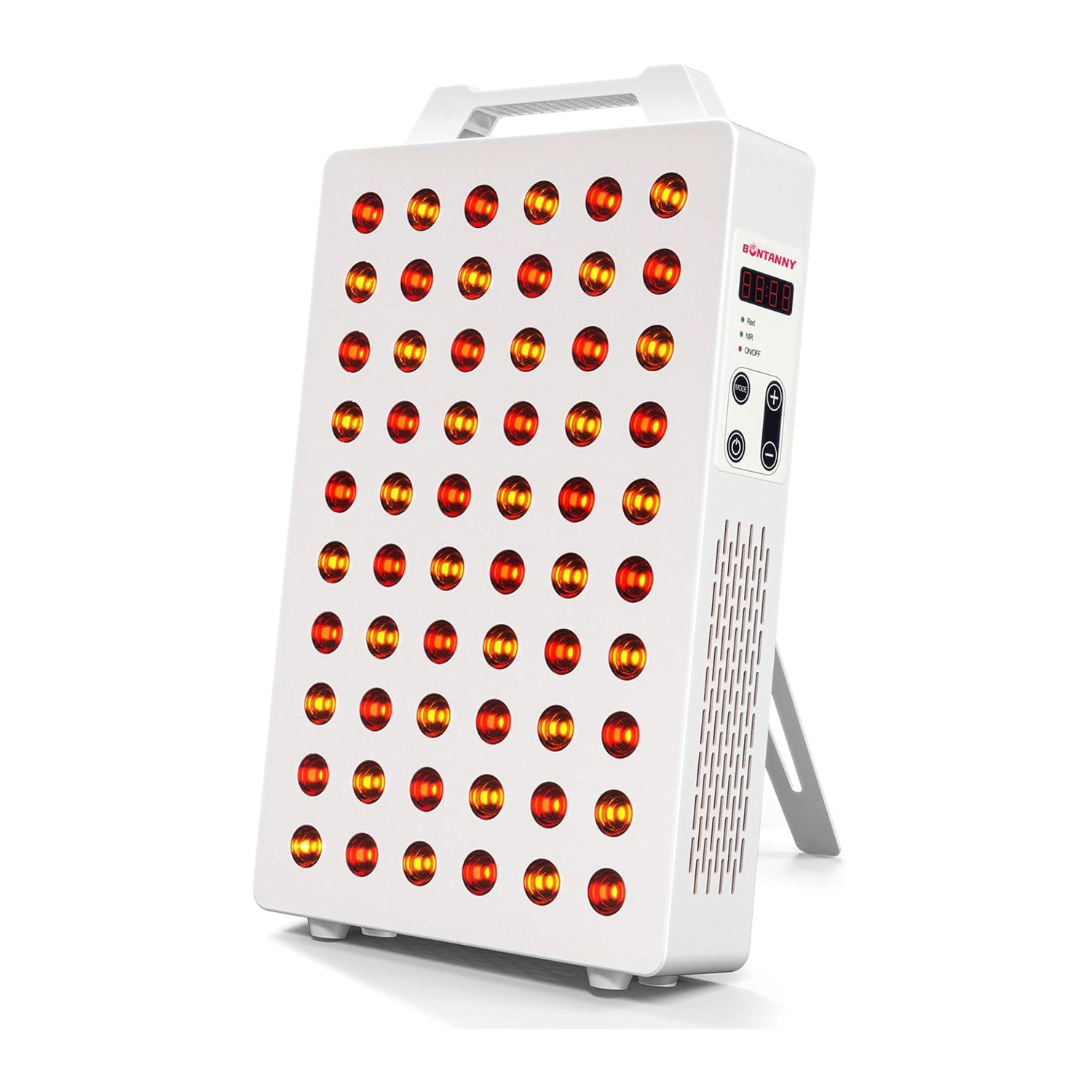


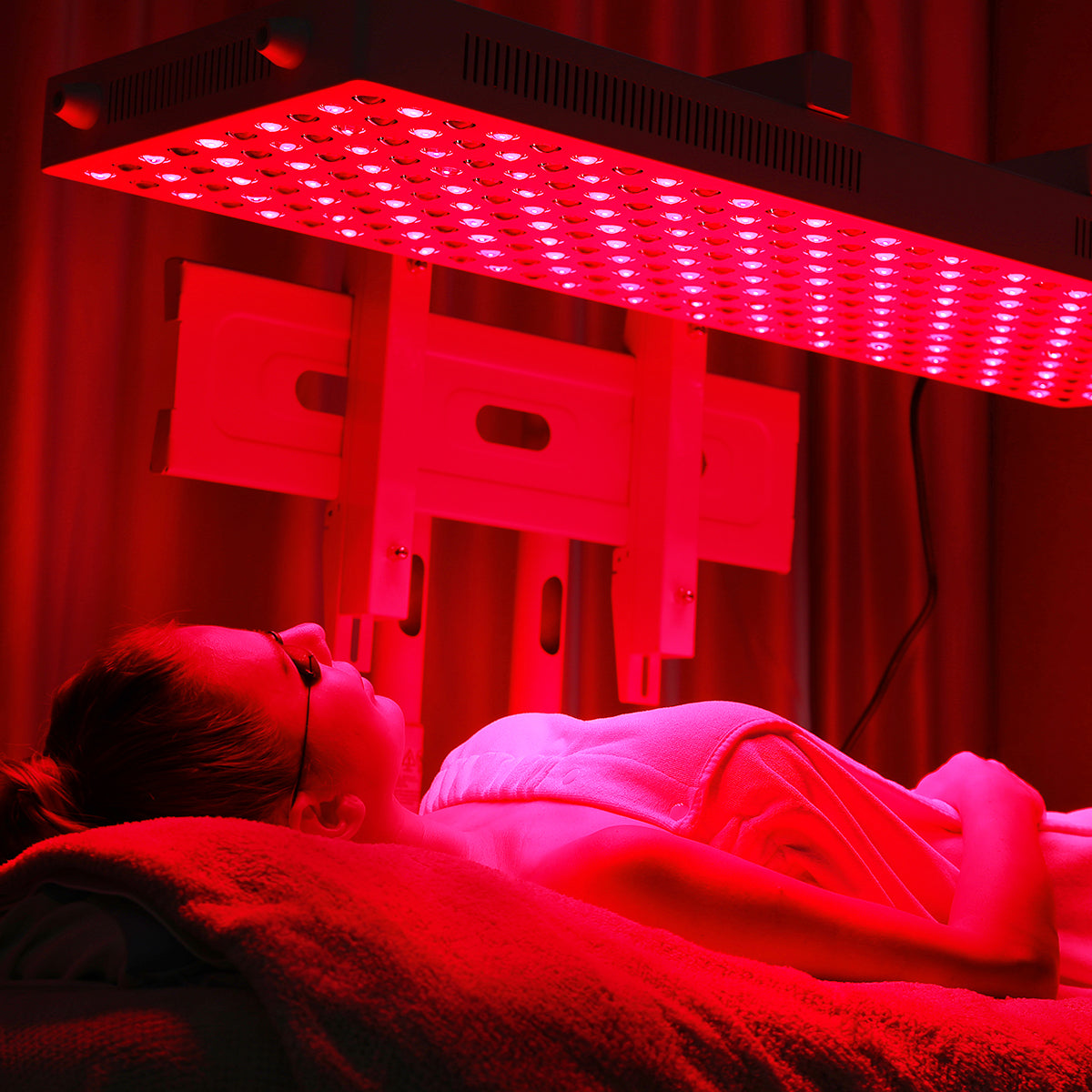
Leave a comment
This site is protected by hCaptcha and the hCaptcha Privacy Policy and Terms of Service apply.